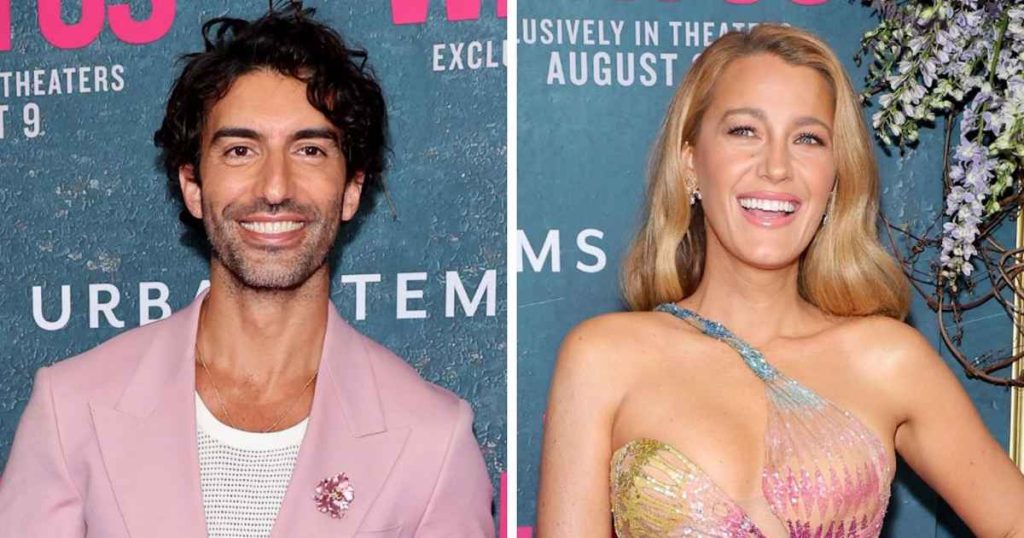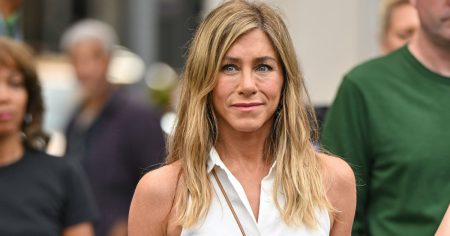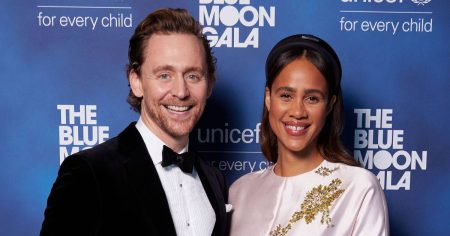The escalating legal battle between actor/director Justin Baldoni and actress Blake Lively has taken a dramatic turn, with Baldoni’s attorney, Bryan Freedman, confirming his intent to sue Lively and release a trove of text messages between the two parties. This move comes on the heels of Baldoni’s $250 million lawsuit against The New York Times for libel and false light invasion of privacy, alleging the newspaper misrepresented Lively’s sexual harassment claims against him. The complex web of accusations and counter-accusations centers around Lively’s allegations of misconduct during the production of “It Ends With Us,” which Baldoni directed.
Lively’s initial complaint, filed with the California Civil Rights Department, details allegations of sexual harassment, retaliation, breach of contract, emotional distress, invasion of privacy, and lost wages against Baldoni, his production company Wayfarer Studios, and two publicists. She subsequently filed a formal lawsuit echoing these claims in the Southern District of New York. Lively maintains that her legal action is intended to expose retaliatory tactics used against those who speak out about misconduct. This public statement frames her lawsuit as a fight for justice and protection for others who might face similar situations.
Baldoni, along with several producers and publicists associated with “It Ends With Us,” countersued The New York Times, claiming the newspaper’s reporting on Lively’s allegations was biased and defamatory. They argue that The Times selectively used and manipulated text messages and omitted crucial information that would have countered Lively’s narrative. Baldoni’s legal team asserts that the newspaper succumbed to the influence of powerful Hollywood figures, abandoning journalistic ethics in favor of sensationalism. This framing casts Baldoni as a victim of a coordinated smear campaign designed to rehabilitate Lively’s public image.
The New York Times has staunchly defended its reporting, emphasizing the meticulous review of thousands of pages of documents, including the text messages cited in the article. The newspaper invited Baldoni and his associates to identify inaccuracies and provide context before publication, but they declined to engage directly with the reporters. Instead, they issued a joint statement, which The Times published in full. The newspaper’s response underscores its commitment to independent journalism and following the facts, regardless of the parties involved. This stance positions The Times as a neutral observer caught in the crossfire of a Hollywood feud.
Lively’s attorney responded to Baldoni’s lawsuit against The New York Times, dismissing it as based on a “false premise” and reaffirming the validity of Lively’s claims. They encourage a thorough review of Lively’s complaint and express confidence in addressing the allegations in court. This response reinforces Lively’s commitment to pursuing her claims through legal channels and refutes the notion that her actions are part of a smear campaign. It seeks to redirect attention back to the core allegations of misconduct.
Bryan Freedman’s declaration of intent to sue Lively on Baldoni’s behalf and release the full text message exchange dramatically escalates the conflict. This aggressive tactic suggests a strategy of full transparency, aiming to let the public judge the veracity of both sides’ claims based on the complete communication record. Freedman’s statement accuses Lively and her team of orchestrating a “vicious smear campaign” and alleges that The New York Times knowingly participated in this effort. He portrays Baldoni and his associates as victims of powerful Hollywood figures abusing their influence to destroy their reputations. This aggressive stance signals a protracted and potentially damaging legal battle, with both sides seemingly determined to fight publicly for their version of the truth. The release of the text messages, should it occur, promises to further fuel the controversy and provide the public with a deeper, albeit potentially biased, insight into the complex relationship between Baldoni and Lively and the events surrounding the “It Ends With Us” production.










